On a bikepacking trip or any strenuous human-powered adventure, you depend on a good night’s sleep. I can’t tell you how miserable it is to spend a night unable to rest through discomfort, and then forcing yourself over a mountain range the next day. Lack of sleep, combined with hunger and dehydration, is a first-class ticket to Injury Town. Moreover, and arguably worse, it ensures both you and your significant other are crabby, and the smallest things can agitate one another: ‘I said I didn’t want peanut butter on my slice, ugh, why do you hate me so much?!’. In this article, we’re going to look at my sleeping arrangement, one of my favourite tents, and some essential accessories in the fight against injuries and Mr Grumps—I am NOT Mr Grumps.
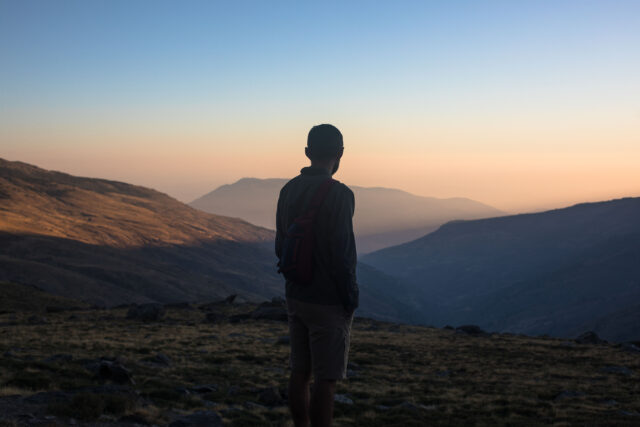
Thermarest, NeoAir Topo Luxe Sleeping Pad
I’ve owned the Thermarest pictured for almost 10 years, and subsequently, mine has long been discontinued and replaced by the ProLite Sleeping Pad (their lightest and most compact self-inflating mattress). This may be the company’s most minimalist option, but it still offers a comfortable night’s sleep (and that’s coming from someone who weighs almost 200 pounds). On one fateful bikepacking trip, I decided to trial a competitor’s hyper-lightweight option, and consequently enjoyed five days of sleepless misery. Thus, I came grovelling back to my Thermarest: ‘I promise I’ll not sleep with another again, what a fool I’ve been!’. If anything, that experience has taught me that a little more weight is worth a lot more comfort. In fact, I think for longer rides, I’ll invest in one of the company’s more luxurious offerings, such as the NeoAir Topo Luxe, which is only one centimetre larger than the ProLite (packed dimensions) and 100 grams heavier. Yet, it offers a significantly increased R-Value (ProLite’s 2.4 versus Topo’s 3.7) and a whopping 4 inches of thickness versus the Prolite’s 1 inch.
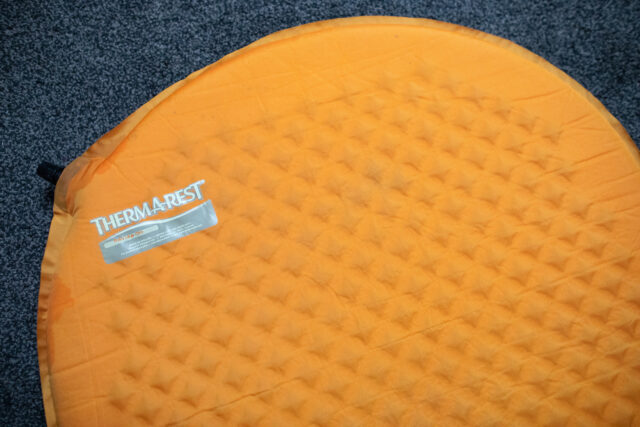
A quality sleeping pad is essential. A hard, cold floor drastically drains your heat, leaving you tossing and turning like you’re possessed. The next morning, after another sleepless night, coffee won’t be enough to exorcise your inner demon, and Mr Grumps will take hold. Thus, whilst there are hyper-lightweight options on the market, ensure you choose one that’s actually comfortable and fit for purpose.
$190 (Large Topo Luxe) | thermarest.com
Alternatives: Sea to Summit, Comfort Plus XT Insulated Mat (seatosummit.com); Big Agnes, Insulated AXL Air (bigagnes.com); Alpkit, Dirtbag (alpkit.com)
Zpacks, Sleeping Bag
Is there a better feeling in the world than the internal temperature of a sleeping bag in the morning? However, choosing the wrong option can completely ruin a trip. In Wales, 2016, we join me, sleeping on a campsite shower room bench, awkwardly saying hi to the occasional camper in need of the facilities. Well, aside from embarrassing myself, I had abandoned wild camping in my tent because the temperatures had suddenly plummeted, and I simply wasn’t prepared. As my dad has always said, Better to take more layers than too few. Ugh, I pictured his smug face as I shivered all night—he can never know of this! The truth is, he’s absolutely right, and on this ride, I learnt the hard way. Prepare for the worst, and hope for the best. This mantra has since become my foundation for every expedition and one that has served me well on many occasions. Therefore, consider a sleeping bag that will handle lower temperatures than you’re expecting (also carry a few extra layers of clothing). People sometimes assume that they’ll need to compromise between warmth and packing weight/size, but you can get the best of both worlds at a cost.
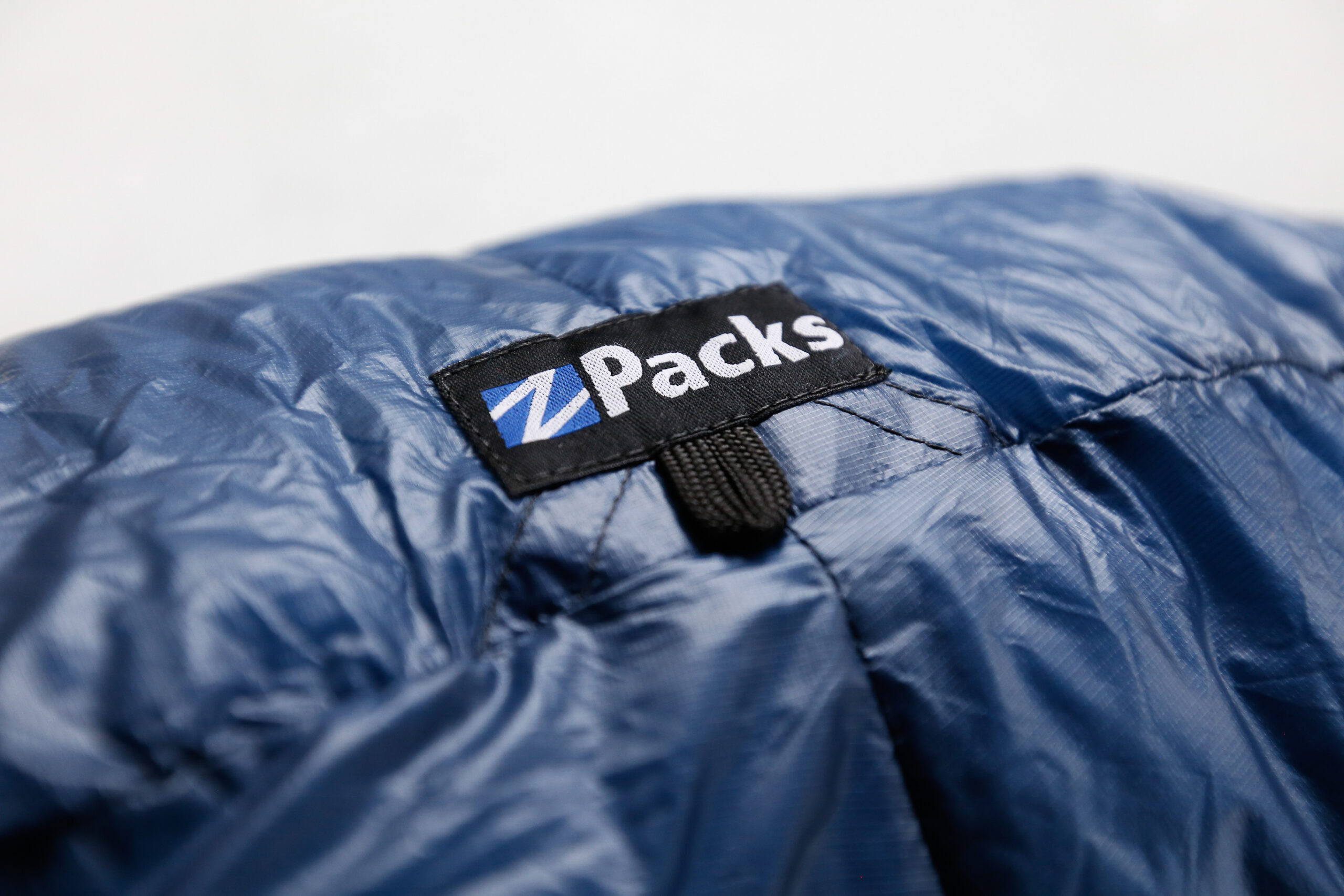
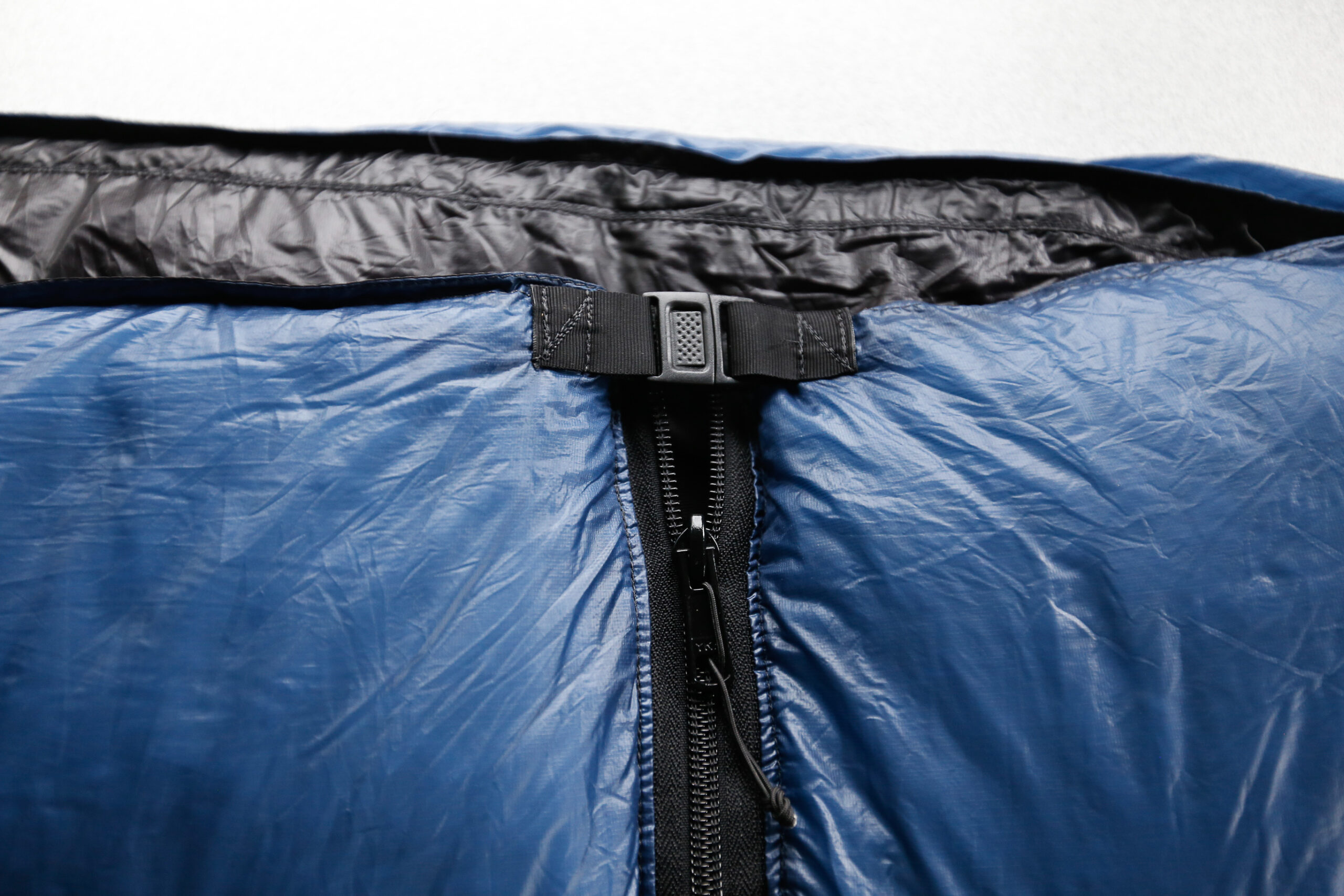
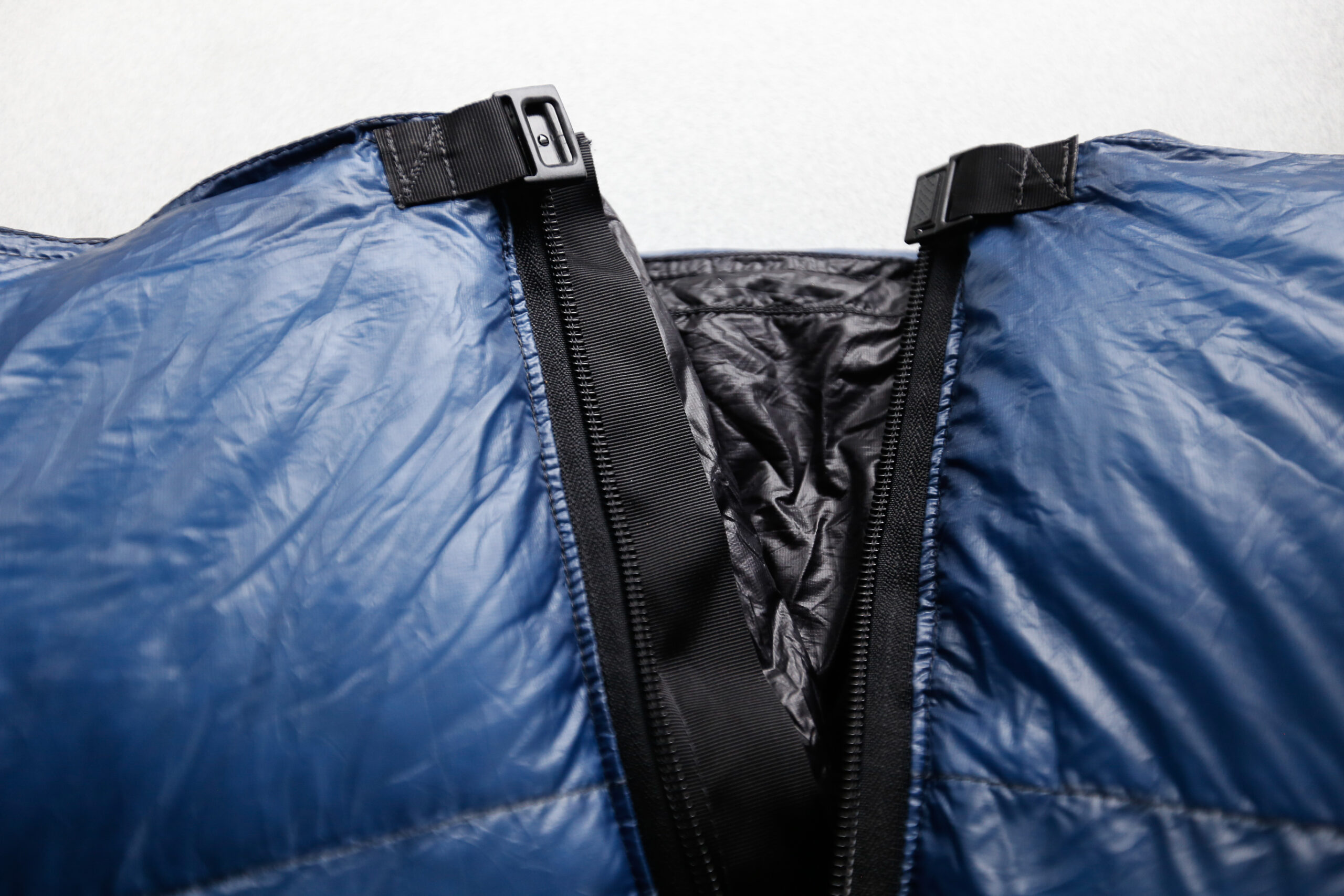
Zpacks, based in Florida, create beautiful hand-made adventure gear, including sleeping bags. These are premium bespoke products, and the price tag does reflect this. But after five years of dependable service, I can assure you it’s money well spent. A sizing chart is used to ensure the optimal fit, and bags come in three temperature ratings: 30°, 20°, and 10°F. Personally, as preached by Mac senior, I’d recommend going for the warmest sleeping bag, as you can opt for the full-length zip option to easily ventilate for warmer climates (or completely unzip and use as a quilt). Ultimately, at this price, I want a sleeping bag that I can take on all trips, and I know from experience that it’s better to have a sleeping bag that’s too warm than too cold. Furthermore, this bag allows you to strip back to your undies, and that is a lovely feeling after a long day in the mountains (top tip: sleep with your clothes inside the bag, and they’ll be the perfect temperature when you awaken).
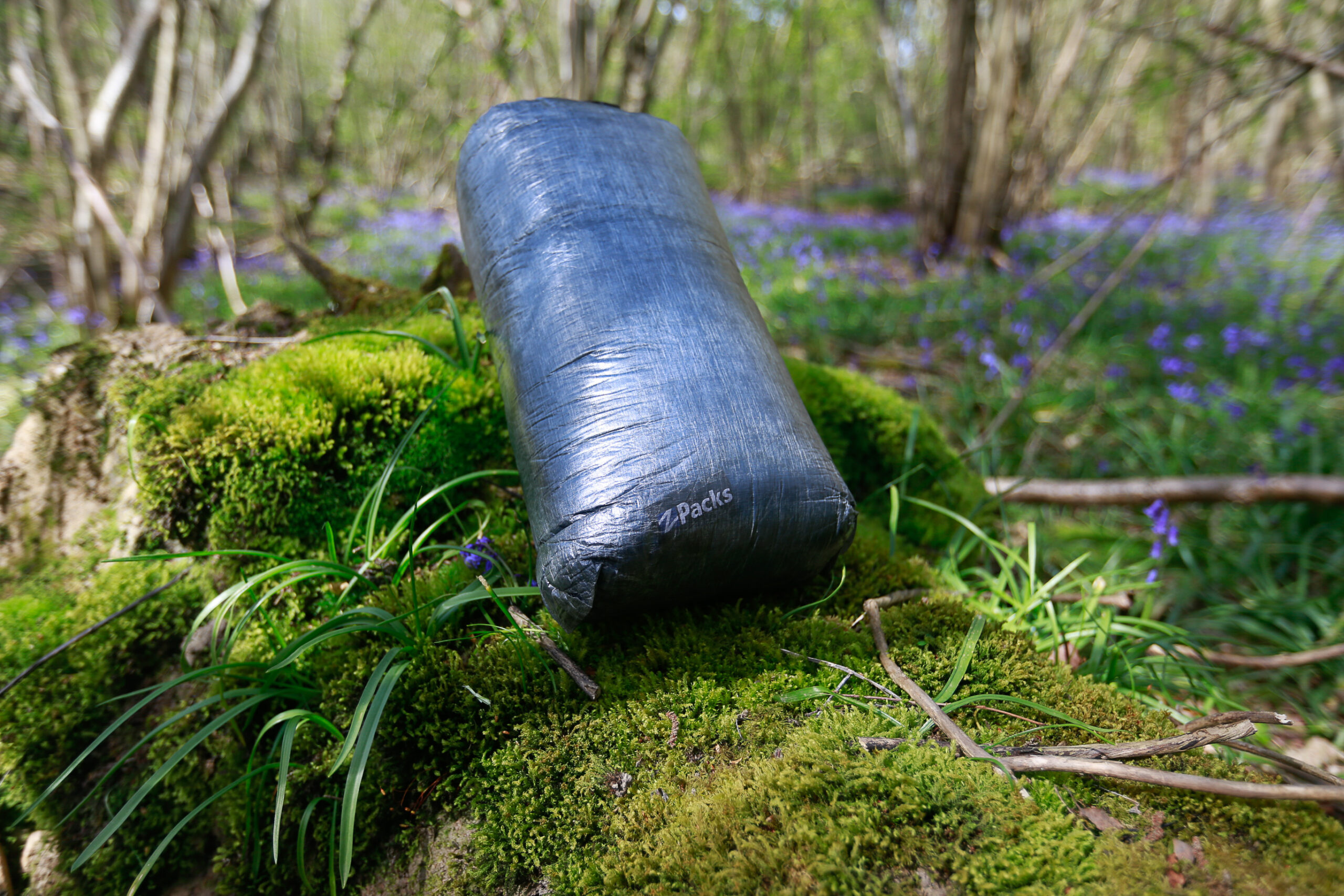

Furthermore, despite such impressive insulation, the Zpack weighs just 20.9 ounces (592 grams). It packs down extraordinarily compact, whilst still being suitable across all four seasons. The performance can be further bolstered by investing in one of the company’s Goose Hoods, which are separate to the bag. (I was initially disappointed the hood wasn’t integrated but realised this allows you to utilise it around the camp or on the bike, which is ideal in cold climates). Lastly, Zpacks are R.D.S Certified (Responsible Down Standard), which ensures that the animals are treated humanely and the supply chain is fully traceable. There’s no better feeling in the world than cosying up in your sleeping bag for the night, and Zpacks offers superior warmth without compromise.
$389-$469 (10°F, Full-zip Option) | zpacks.com
Alternatives: Thermarest, Vesper (thermarest.com); Alpkit, SkyeHigh 500 (alpkit.com); Big Agnes, Mystic UL 15 (bigagnes.com)
Sea to Summit, Aeros Premium Pillow
Prior to meeting my girlfriend, Amber (it turns out there really is someone for everyone; even goblins like me), I had utilised a dry bag stuffed with spare clothing as a pillow. This is a great ultra-light option, but as discussed, for a little more weight, you can improve your night’s sleep exponentially. The issue with my initial approach is that in cold weather, you sometimes don’t have enough spare layers to create a comfortable pillow, and I’ve spent many a night propped up by my Carradice saddlebag. Being the voice of sense and reason, Amber was quick to call me out for suffering needlessly and gifted me one of her old Sea to Summit pillows. What a fool I’ve been. The Aeros Premium Pillow (the updated version of mine) weighs a minuscule 4 ounces (114 grams, large version; regular is just 2.75 ounces or 79 grams) and has transformed my sleeping comfort in the tent. Moreover, it’s an inflatable pillow, so once deflated, it’s just a small piece of fabric to roll up and stash away (it’s also a nice cushion for camera gear in the base of your saddlebag whilst riding).
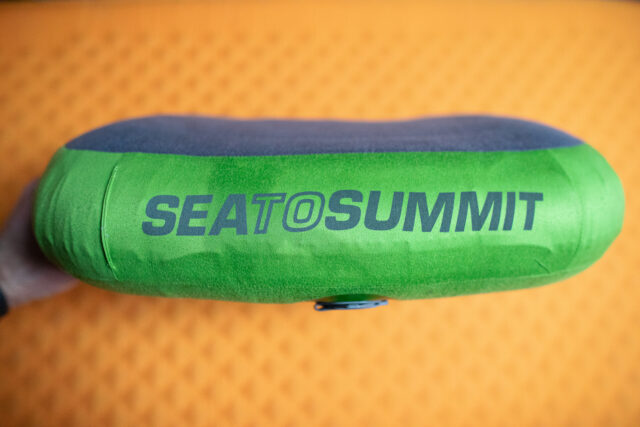
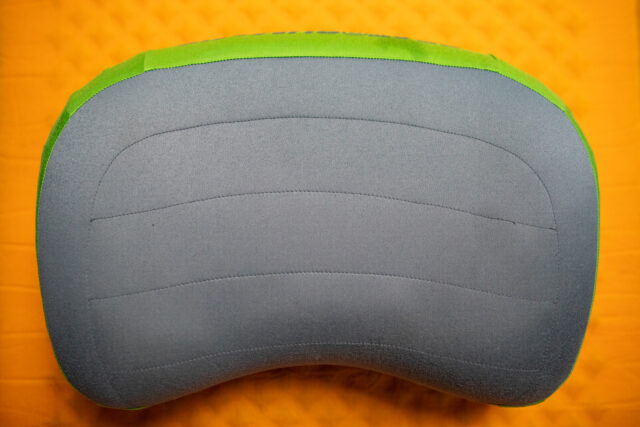
$43-$48 | seatosummitusa.com
Alternatives: Alpkit, Drift (alpkit.com); Exped Air, Pillow (exped.com); Big Agnes, Q-Core Deluxe Pillow (bigagnes.com)
Trekkertent, Phreeranger
The best one-person tent you’ve never heard of (for my favourite two-person option, check out my review of the Hyperlite Mountain Gear Ultamid 2). Trekkertent handcrafts their shelters in Scotland, where each model is field tested in the Highlands. Life before the Phreeranger was a constant compromise between weight and comfort, but like my Zpacks sleeping bag, this tent demonstrated that I could enjoy both. Trekkertent considers wind performance and rain protection as the key design aims, rather than trying to achieve the absolute lowest weight possible. Generous internal space and deep vestibules are features for when the weather requires extended time under cover. This objective has been achieved superbly, and the design provides a truly robust shelter with generous living accommodation for a large adult (I’m almost 6’3).

Moreover, although it’s not the lightest tent, it’s definitely not a heavy four-season home at 44 ounces (1,250 grams). I love a minimalist tarp for overnighters and shorter rides, but on longer trips or in cold climates, the exposure becomes draining. A proper shelter that offers complete protection from the elements with ample headroom to sit up and enough space to fully extend whilst sleeping is blissful. The Phreeranger design is nigh on perfect in these respects, additionally featuring inner pockets, dual entries (ideal for creating airflow in the summer), and large vestibules on both sides for storing muddy gear outside of your living area whilst still protecting them from the elements. It’s a proper home away from home—not just somewhere to sleep.
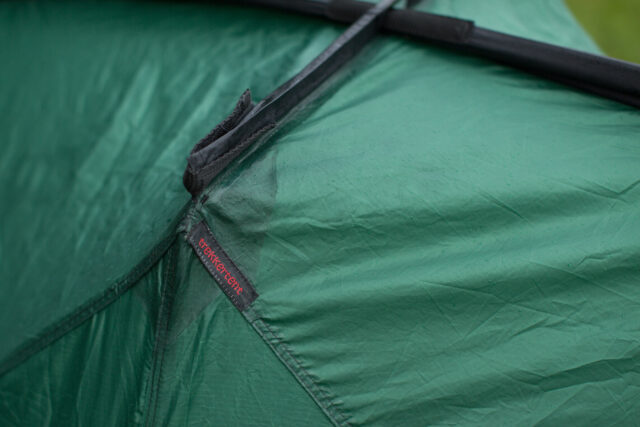
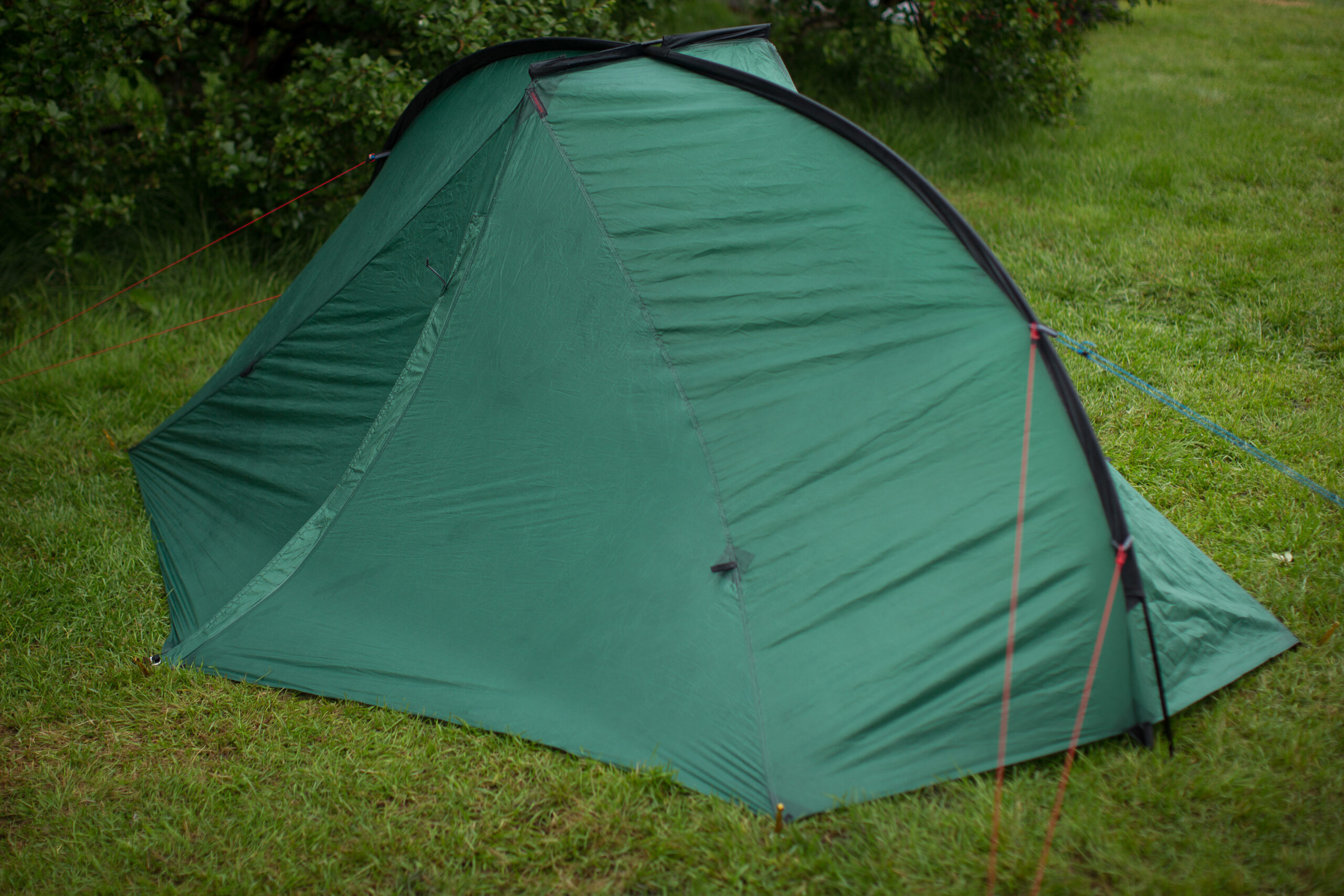
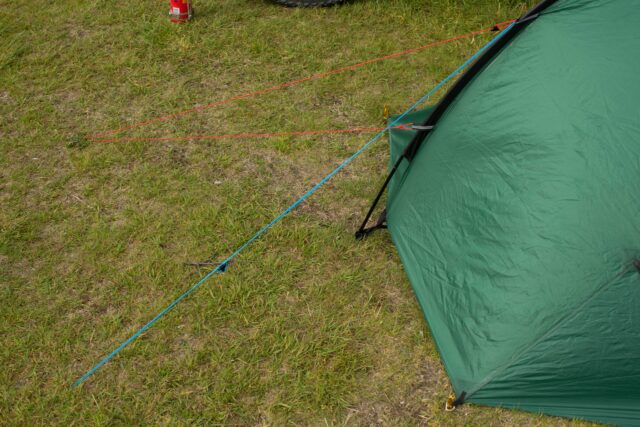
The Phreeranger offers a place of comfort for good days, but more importantly, a sanctuary on days when everything’s against you. It erects in minutes (but is not free-standing), offers impressive warmth in winter conditions, as well as a generous footprint to spread out and organise gear. Lastly, the price is excellent for such a beautifully crafted tent (Trekkertent now offers a premium Dyneema Composite Phreeranger option that weighs just 26 ounces (740 grams), possibly one of the best one-person tents on the market.
$457, Phreeranger /Dyneema Composite, $872 | trekkertent.com
Alternatives: Tarptent, Rainbow (tarptent.com); MSR, Freelite 1 Ultralight Backpacking Tent (msrgear.com); Alpkit, Soloist (alpkit.com)
Our No Compromise Clause: We carefully screen all contributors to make sure they are independent and impartial. We never have and never will accept advertorial, and we do not allow advertising to influence our product or destination reviews.


